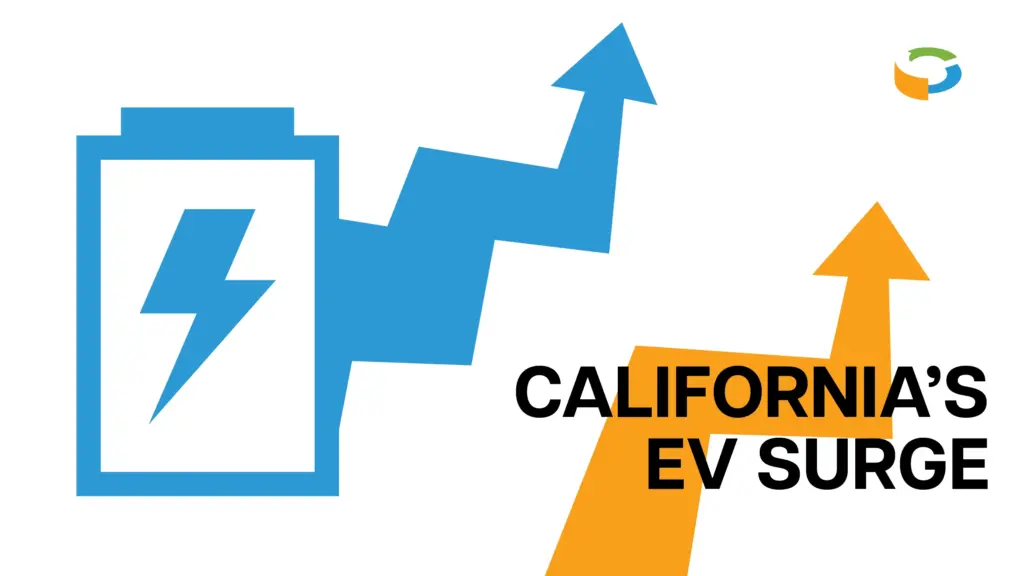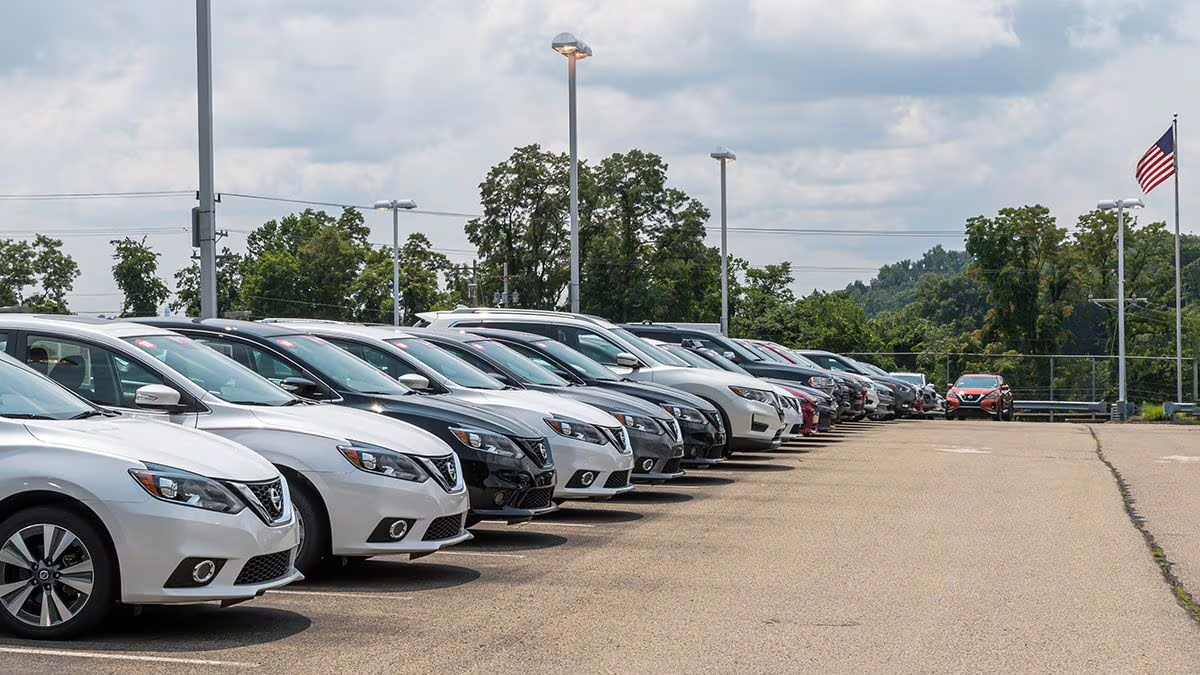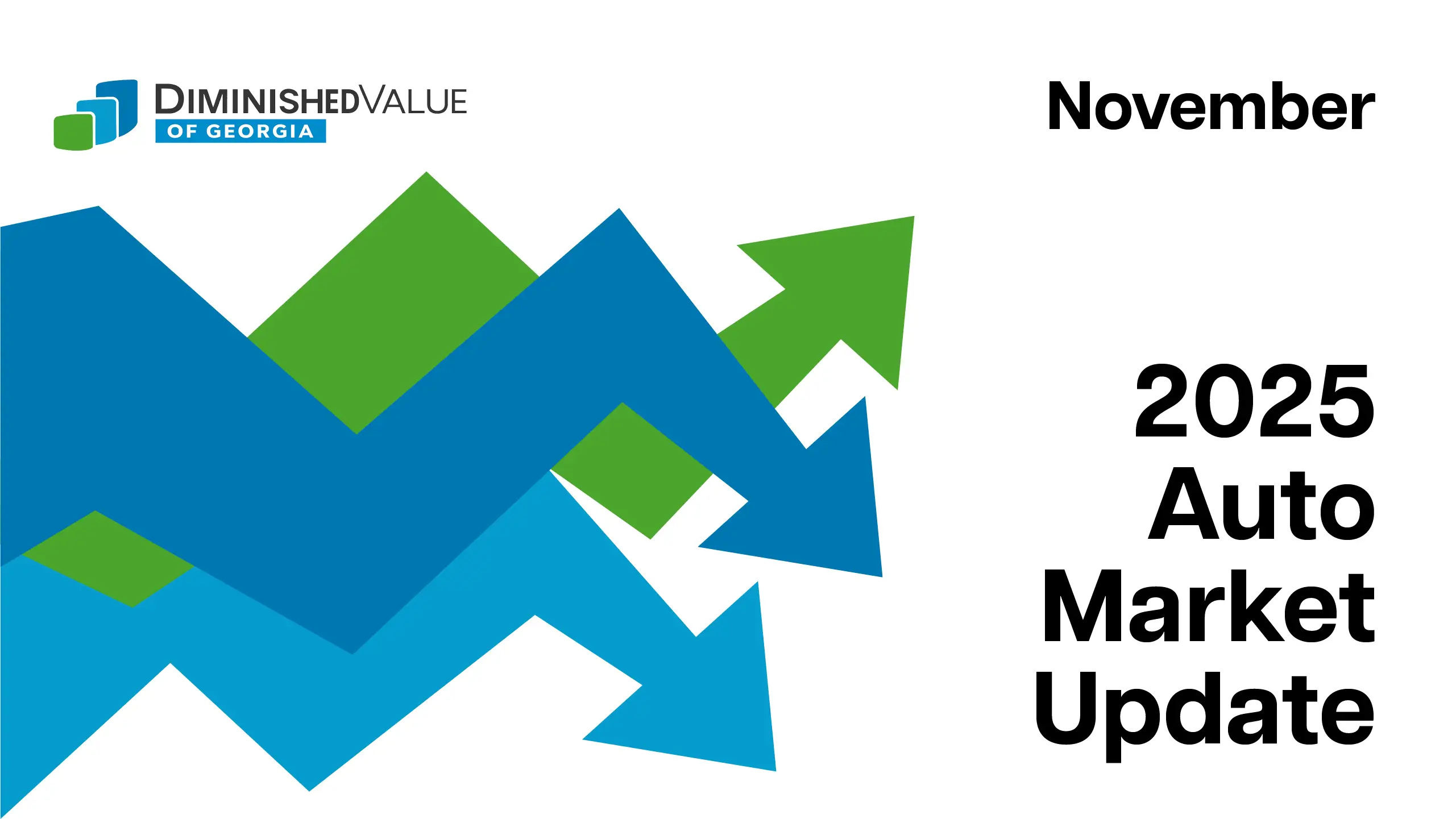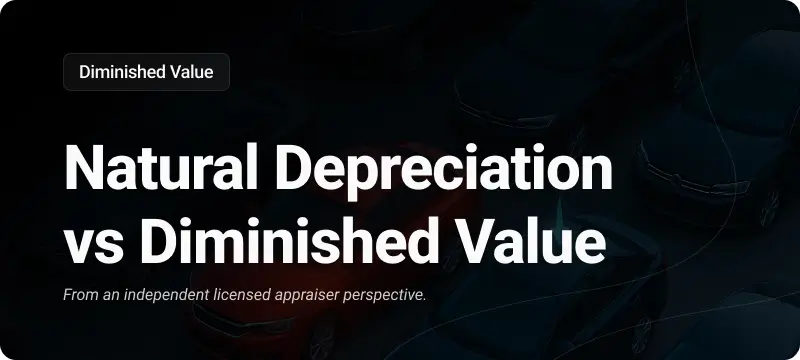California’s electric vehicle (EV) transition hit a historic milestone in 2025: 178,549 EV chargers now outnumber gasoline nozzles by 48%, cementing the state’s dominance in clean transportation despite federal pushback and market challenges. This article unpacks how California is reshaping auto infrastructure, policy, and consumer behavior—and why its success could redefine the nation’s EV future.

1. Charging Infrastructure: A 48% Lead Over Gas
Key Stats
- EV Chargers: 178,549 (162,000 Level 2; 17,000 DC fast chargers).
- Gas Nozzles: ~120,000.
- 2024 Growth: Charger count doubled, with 26,193 added since August 2024.
Strategic Investments
- California allocated $1.4 billion to expand charging networks, focusing on rural and disadvantaged communities.
- Programs like Fast Charge California aims to install high-speed chargers at businesses and public hubs, addressing “charging deserts.”
Federal Contrast:
Governor Newsom framed the milestone as a rebuke to Trump-era efforts to roll back EV incentives, stating, “As the federal government works to make it harder to charge your EV, California is doing the opposite.”
2. Policy Battles: California vs. Washington
Clean Air Act Showdown
- The Biden administration’s 2022 waiver allowing California’s 2035 gas-car ban faces repeal threats under the Congressional Review Act. Industry groups argue the mandate harms the economy and national security.
- The GAO recently blocked a congressional vote to overturn the waiver, safeguarding California’s authority.
2035 Mandate Realities
- 2026 Target: 35% of new cars must be zero-emission.
- 2024 Reality: Only 25% of new sales were EVs, with growth stalling at 1% YoY.
- Automakers like Tesla (sales down 11.6%) struggle, while hybrids surge (32% growth).
Penalty Loopholes
- Manufacturers missing targets face $20,000 fines per noncompliant vehicle or must restrict gas-car inventories.
- Tesla profits from selling emission credits, earning billions despite declining sales.
3. Equity Gaps & Infrastructure Challenges
Access Disparities
- Urban vs. Rural: San Francisco added 600 chargers (+22%), while Del Norte County saw a 26.5% decline.
- Home Charging Bias: 700,000+ Level 2 home chargers exist, but renters rely on sparse public/shared options.
Cost Barriers
- Fast chargers cost up to $117,000 to install, slowing deployment.
- Low-income programs like Clean Cars 4 All offer $12,000 grants for EV swaps, yet adoption lags in marginalized communities.
4. Consumer Incentives: Rebates, Rates & Resale
Financial Sweeteners
- CVRP 2.0: Rebates up to $9,500 for low-income buyers, plus $7,500 federal tax credits.
- Used EV Rebates: $5,000 for qualifying purchases, boosting affordability.
Energy Savings
- Off-peak charging rates (e.g., PG&E’s $0.20/kWh) cut costs to ~$2/gallon equivalent.
Resale Risks
- Luxury EVs (e.g., Mercedes EQS) depreciate 42% faster than gas cars due to tech obsolescence and repair costs—a critical factor for diminished value claims.
5. The Road Ahead: Can California Sustain Leadership?
Infrastructure Gaps
- The state needs 1 million chargers by 2030 to support 7 million EVs—a 10x increase from today.
Market Realities
- Hybrids outsell EVs (14.7% market share vs. 25%), signaling consumer hesitation over range and reliability.
- Automakers like Rivian (+17% sales) and Asian hybrids (e.g., Toyota) gain ground as Tesla falters.
Policy Innovations
- AI-Driven Grid Planning: Utilities use predictive analytics to manage EV load and prevent blackouts.
- Legislative Shields: Newsom’s team fast-tracks permits and shields utilities from environmental reviews in fire zones to accelerate infrastructure.
Conclusion: A Blueprint Under Pressure
California’s EV transition is a paradox: a charging network outpacing gas stations, yet consumer demand lags policy ambition. For the state to maintain its lead, it must bridge equity gaps, stabilize resale values, and navigate federal headwinds.



